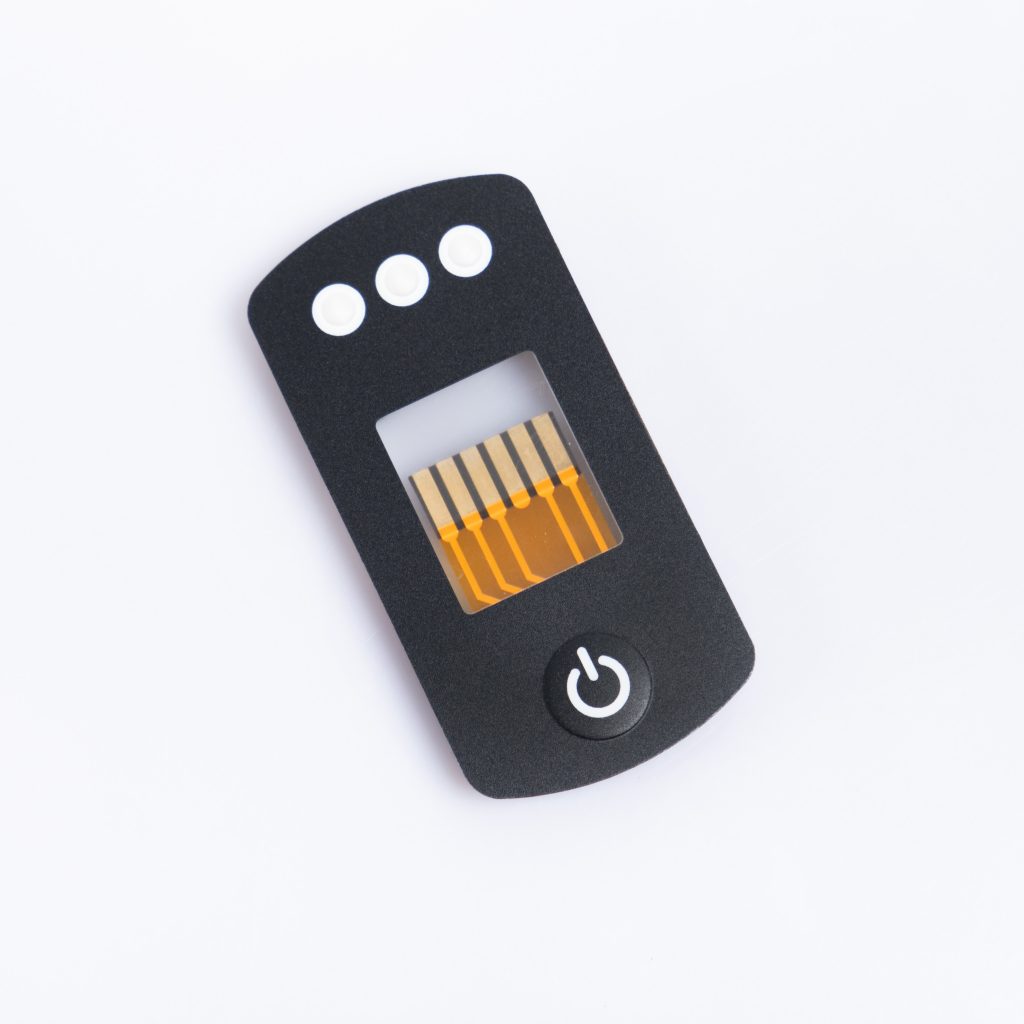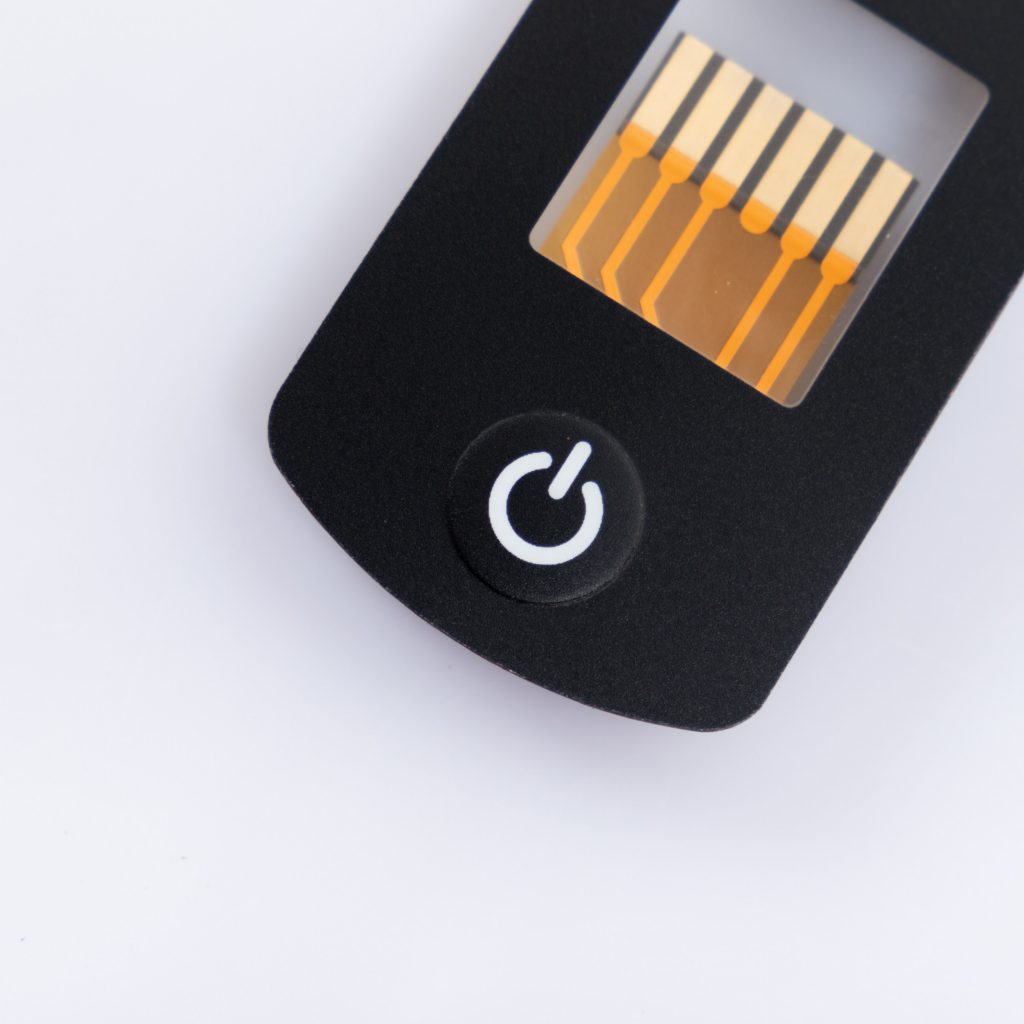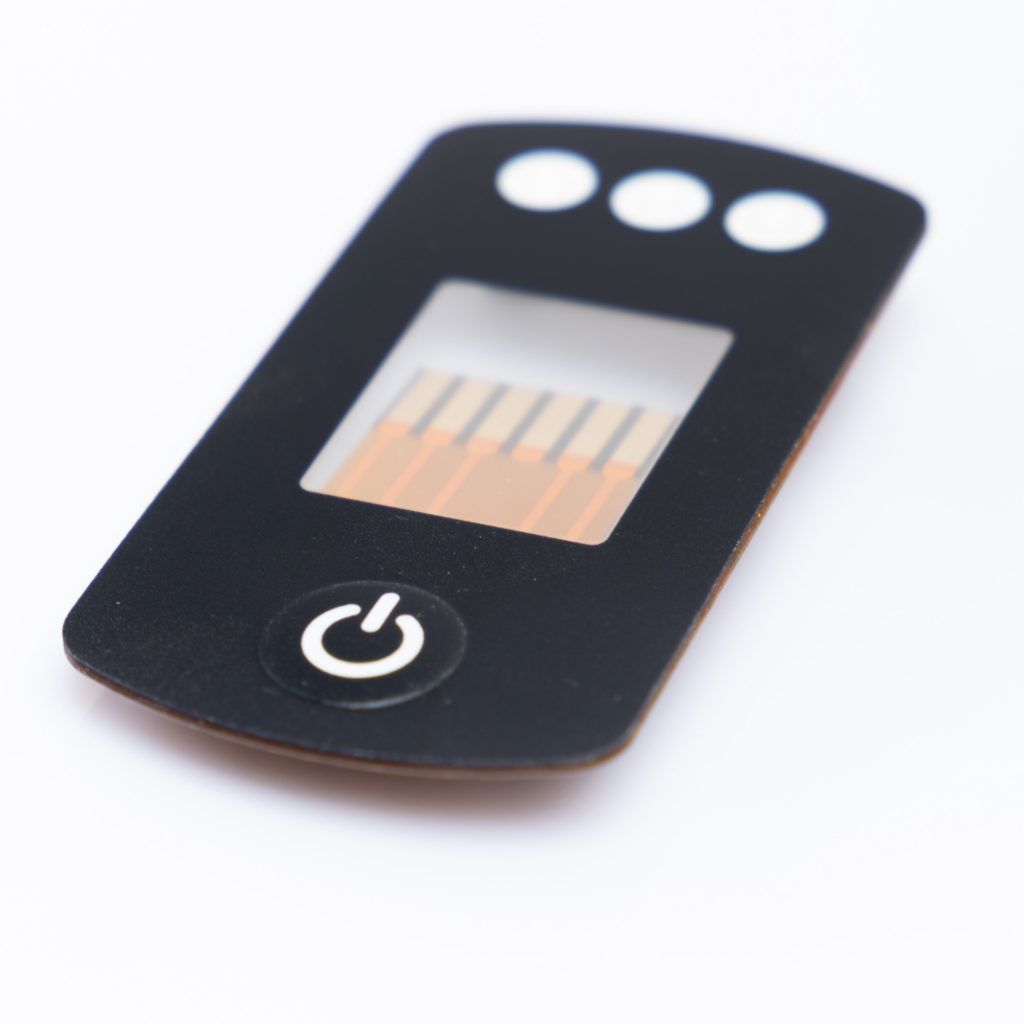Contact
Write to Us And We Would Be Happy to Advise You.
Do you have any questions, or would you like to speak directly with a representative?
By hqt
Membrane switches have become an integral part of our daily interactions with various electronic devices. From microwave ovens to industrial control panels, these versatile components are everywhere. But have you ever wondered about the ‘feel’ of these switches, specifically the force you need to apply to activate them? This force is known as the actuation force, and it plays a crucial role in the functionality and user experience of membrane switches.



Actuation force is the amount of pressure required to activate a switch or key. In the context of membrane switches, it’s the tactile response that signals to the user that their input has been registered. This force is not just a matter of user preference; it can affect the speed and accuracy of data entry, and even the longevity of the switch itself.
A membrane switch typically consists of several layers, including a graphic overlay, a spacer, and a circuit layer. The actuation force is influenced by the design of these layers and the materials used. For instance, the thickness and elasticity of the spacer can determine how much force is needed to make contact with the circuit layer and trigger a response.
So, can the actuation force of a membrane switch be adjusted? The answer is yes, but it requires careful design and engineering. Adjustments can be made during the manufacturing process by altering the materials or the structure of the switch components.
When designing a membrane switch, the choice of materials is paramount. The type of polyester used for the dome, the thickness of the graphic overlay, and the tactile response can all be tailored to achieve the desired actuation force.
The actuation force must be balanced to suit the needs of the user. Too much force can lead to user fatigue, while too little can result in accidental actuation. It’s a delicate balance that requires feedback from the end-users and iterative testing.
Technological advancements have introduced new ways to adjust and measure actuation force. From laser-cutting to digital printing, these innovations allow for more precise control over the switch characteristics.
Several case studies highlight the importance of adjusting actuation force. For example, in medical devices, a lower actuation force can be critical for users with limited dexterity, while industrial controls may require a higher force to prevent accidental activation.
The actuation force can affect the lifespan of a membrane switch. A force that’s too high can lead to wear and tear, while a force that’s too low may not provide enough feedback to the user, leading to overcompensation and damage.
There are industry standards and guidelines that dictate the range of acceptable actuation forces for different applications. These standards ensure safety, reliability, and consistency across devices.
When issues arise with actuation force, it’s important to diagnose the problem correctly. Is it a matter of user preference, or is there a defect in the switch? Solutions can range from recalibration to component replacement.
Customization is key when it comes to actuation force. Manufacturers can work with clients to design switches that meet specific needs, whether it’s for a unique application or to accommodate users with special requirements.
Environmental factors such as temperature and humidity can affect actuation force. Designs must take these into account to ensure consistent performance in all conditions.
Adjusting actuation force can have cost implications. While customization can lead to higher costs, the benefits of a well-designed switch often outweigh the investment.
Adjusting the actuation force of a membrane switch is not only possible but also essential for creating devices that are comfortable, efficient, and tailored to specific applications. As technology evolves, the precision and customization of actuation force will continue to improve, enhancing our interaction with the electronic world.
What is the typical range for membrane switch actuation force?
Can adjusting the actuation force affect the switch’s sensitivity?
Is it possible to adjust the actuation force after the switch has been manufactured?
How does actuation force impact the user experience?
Are there any tools available to measure the actuation force of a membrane switch?
Do you have any questions, or would you like to speak directly with a representative?